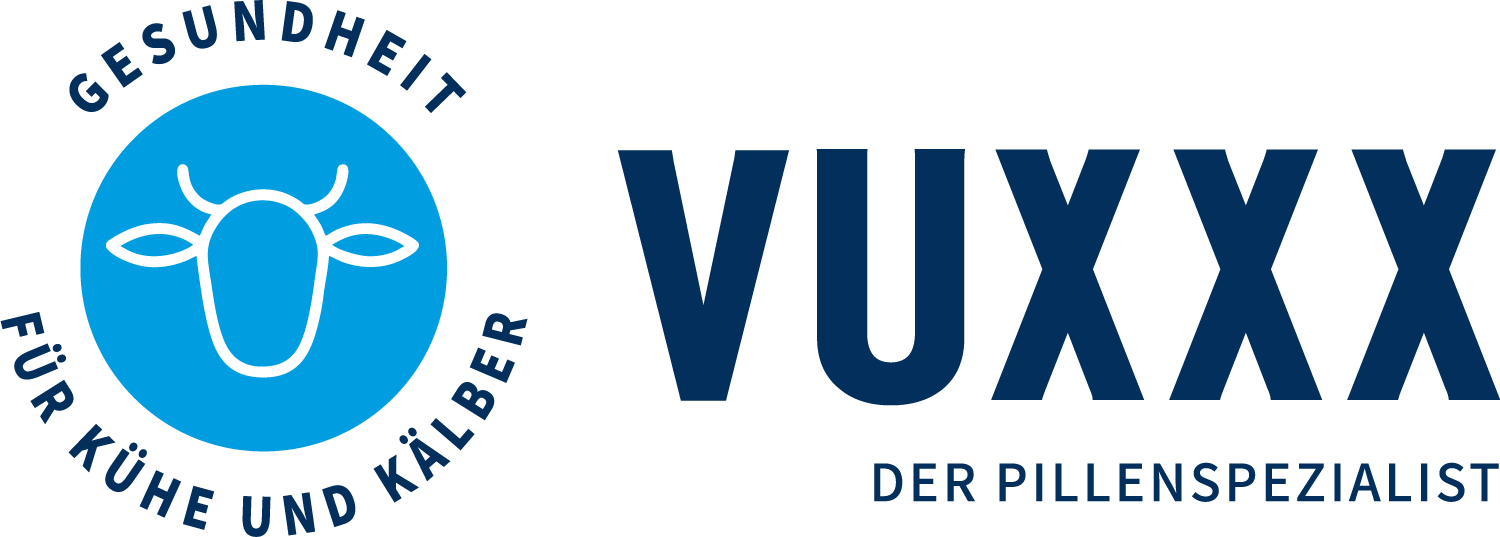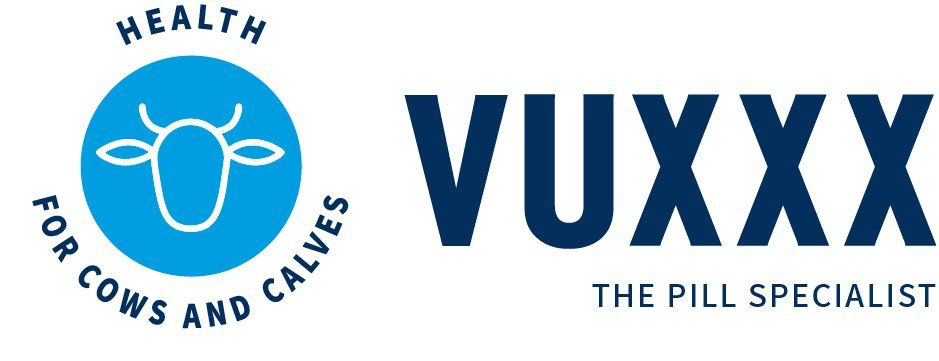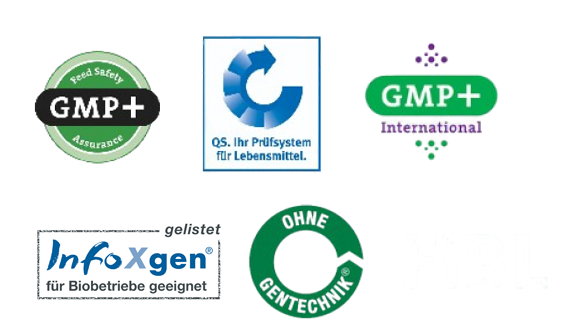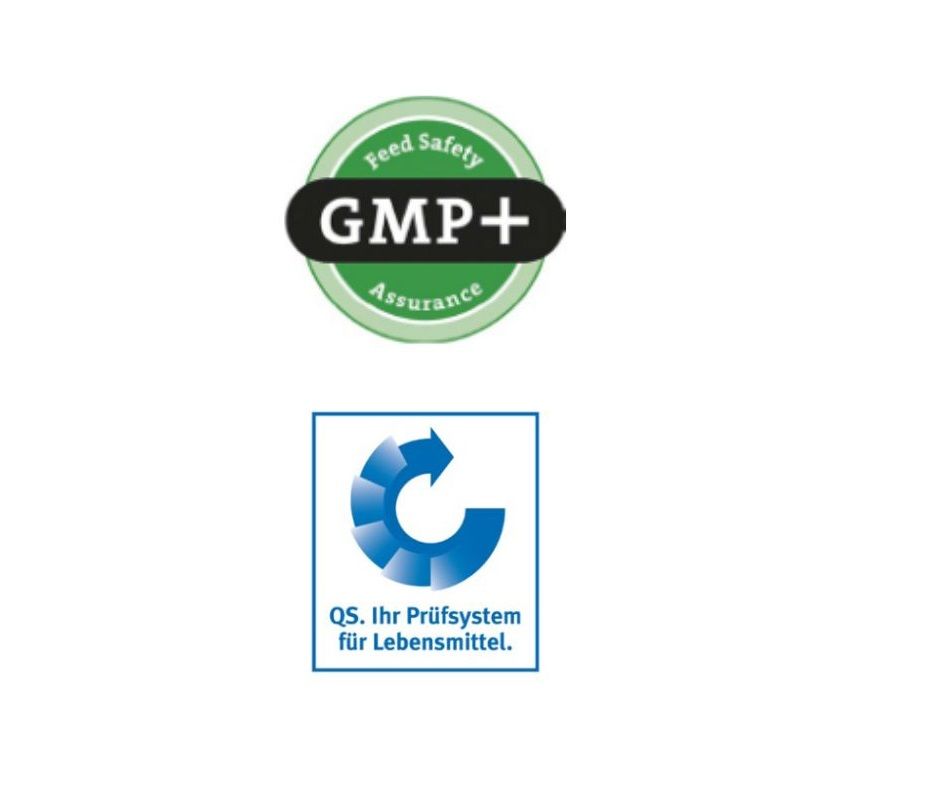Calf diarrhea in dairy farming.
Calf scour treatment.
20 - 50% of all calves contract calf diarrhea in the first 4 weeks of life (neonatal diarrhea). At the first signs of calf diarrhea, one must act quickly and decisively. Calves with diarrhea drink poorly, because they suffer from hyperacidity (acidosis). What is acidosis? Calves with diarrhea lose buffers as well as fluids. They become dehydrated and over-acidified (acidosis). Acidity is dangerous, because it increases rapidly within hours. The calves binge worse and worse. They lose fluid and buffers, become weaker and weaker and in the end they die. What can be done? It is necessary to buffer the hyperacidity, that is, to lower the pH. Give Bi-PILL immediately at the first signs of diarrhea. 1 Bi-PILL immediately and 1 Bi-PILL after each of the next 3 meals.The Bi-PILL buffers the hyperacidity, raises the pH and the calves drink again.
Attention should be paid to the feeding of calves. Calf feeding schedule: According to Rademacher 2000: 2 liters of milk each - morning, noon and evening. As an in-between drink, 2 liters of Elekrtrolyt solution should be offered between each milk meal.
Calf diarrhea is also a problem in suckler cow husbandry. Mother cows do not always let anyone touch their calves. It may be necessary to separate the two. Mother cow keepers can give 4 Bi-PILL at a time.
The Bi-PILL consists of sodium bicarbonate, a very effective buffer. Suitable for organic farms.
Background knowledge:
The most common triggers are infectious agents, which include viruses (e.g. rotavirus, coronavirus), bacteria (e.g. E. coli), parasites (e.g. cryptosporidia).
Non-infectious causes that can lead to calf diarrhea in the first 4 weeks of life: Stress (e.g. transport or rehousing), hygiene deficiencies in the calving and calf barn, poor barn climate, a high occupancy rate, high fly population in the barn.
Incorrect feeding can also cause neonatal diarrhea in calves, e.g. poor hygiene during feed preparation, contamination of the feed bucket and feed teat, insufficient supply of beestings, incorrect feed temperature, inappropriate feed quantity, incorrect composition of milk replacer, refusal to drink due feed- and drink changeover, hasty drinking, e.g. during stress, or broken feed teats.
Known symptoms of calf diarrhea are, for example, sunken eyes, a dry mouth, calf no longer eats or drinks anything, drooping and cold ears, thin watery feces, at the beginning a high body temperature which continues drop during the course of dehydration.
It is important that calves with diarrhea drink! With calf diarrhea, no matter what the cause, liquid is always needed. Otherwise, there is a great risk that the calves dehydrate, starve and eventually die of dehydration.
A farmer once said: Bi-PILL can save calves' lives. For her, Bi-PILL is a remedy.
Keep Bi-PILL in stock. When it starts you have to be fast!







